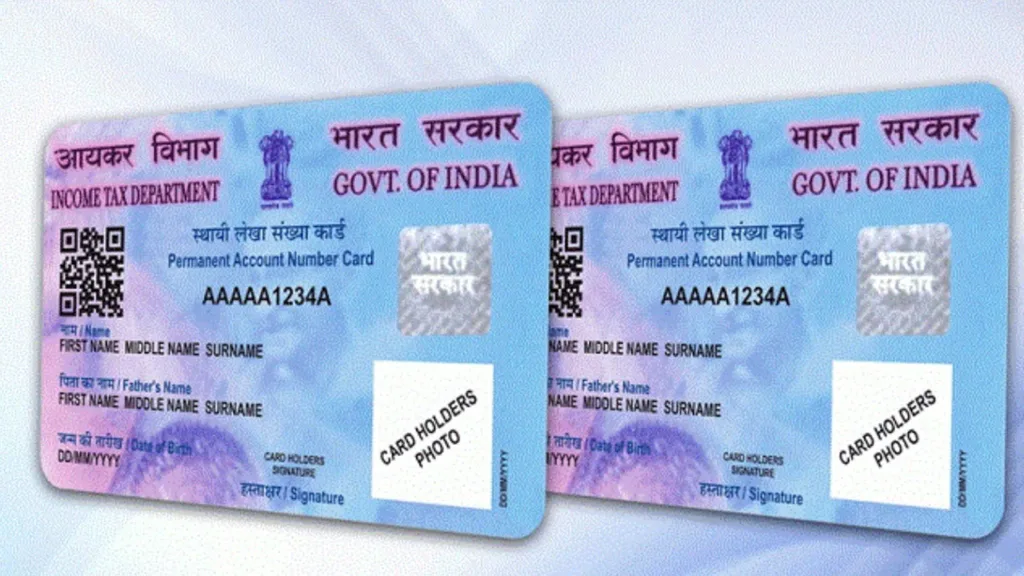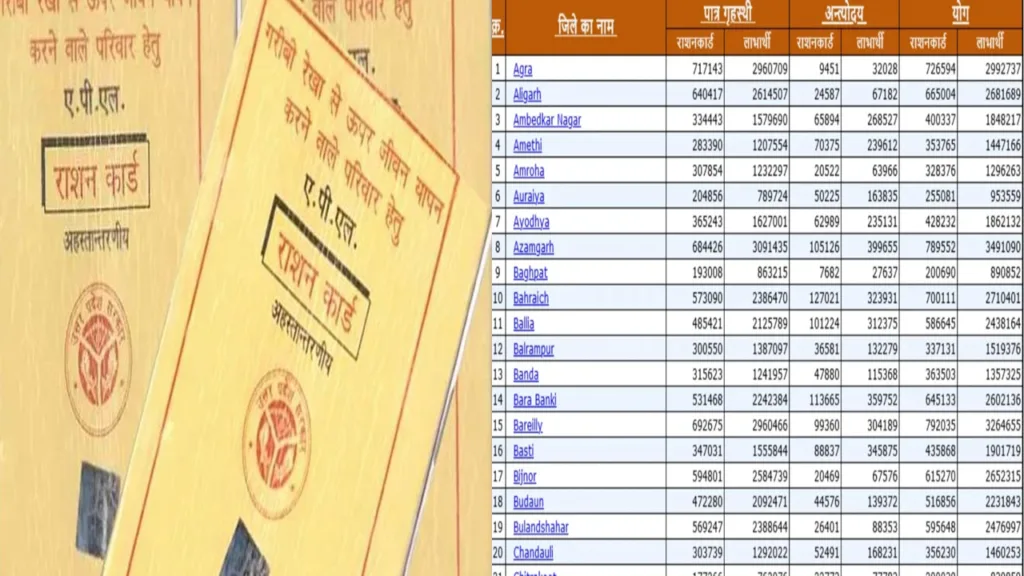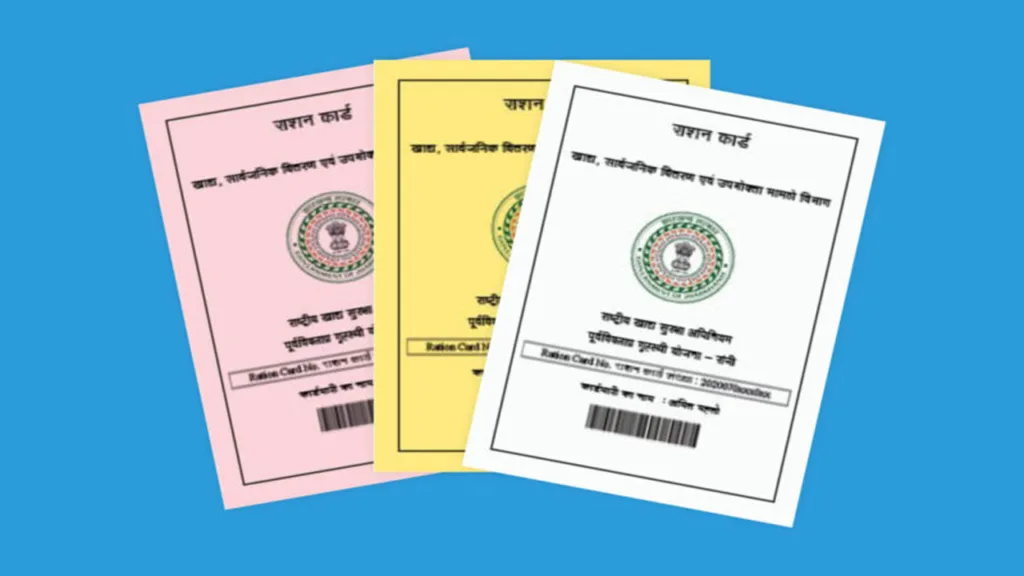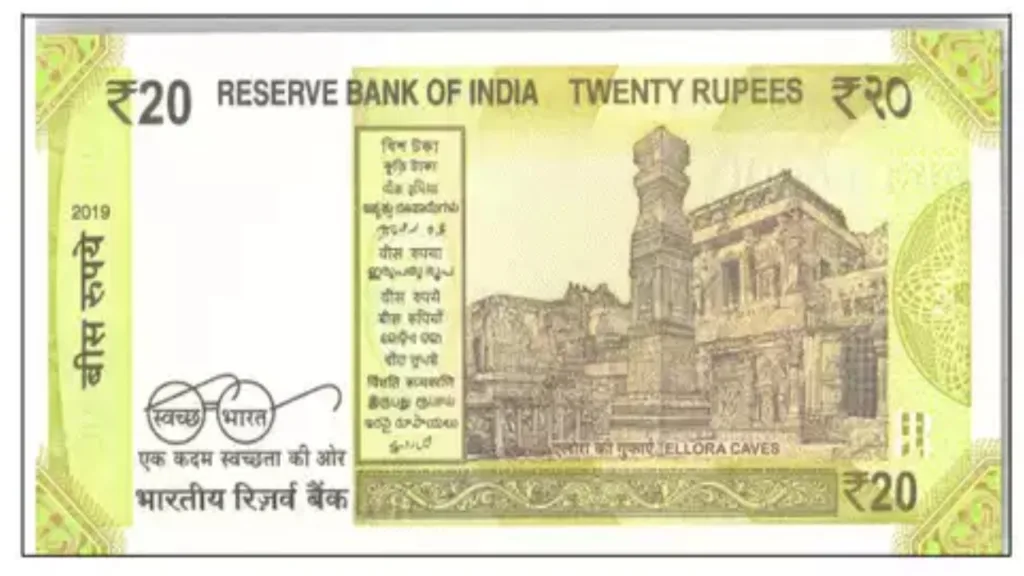Demystifying Education Loan Interest Rates: A Guide for Indian Students
Congratulations on taking the exciting step towards higher education! As you embark on this enriching journey, financing your studies might require an education loan. While a loan can help bridge the gap, understanding how education loan interest is calculated is crucial for making informed financial decisions. This article will navigate you through the world of education loan interest rates, helping you make the most of your borrowing experience.
1. Unpacking Education Loan Interest Rates: What They Mean
An education loan interest rate is the percentage charged by the lender on the loan amount you borrow to finance your education. It’s essentially the cost of borrowing that you pay over and above the principal amount. The lower the interest rate, the less you’ll pay in total for your education loan, freeing up your finances for the future.
Here’s a simplified breakdown of the key terms:
- Loan Amount: The total sum you borrow from the lender to cover your educational expenses.
- Interest Rate: The percentage charged on the loan amount, expressed as a yearly rate.
- Loan Term: The duration (in months or years) you take to repay the loan.
It’s important to remember that interest starts accruing on the loan amount from the date of disbursement, even during your study period. So, understanding how interest is calculated helps you plan your finances effectively throughout your loan term.
2. Exploring the Calculation of Education Loan Interest: Two Main Methods
There are two primary methods used to calculate education loan interest:
- Simple Interest: This method is relatively straightforward. The interest is calculated by multiplying the principal amount (loan amount) by the interest rate and the loan term (expressed in years).
Formula: Interest = Principal Amount * Interest Rate * Loan Term (Years)
- Compound Interest: This method applies interest on both the principal amount and the accumulated interest from previous periods. This means the interest amount grows over time, leading to a higher overall interest payment compared to simple interest. However, most education loans in India typically use simple interest.
It’s crucial to check with your lender to understand the specific method they use to calculate interest on your loan. This information should be clearly mentioned in your loan agreement.
3. Factors Influencing Education Loan Interest Rates
Several factors can influence the interest rate offered by lenders for your education loan. Here are some key ones to be aware of:
- Loan Amount and Term: Smaller loan amounts and shorter loan terms generally come with lower interest rates, as the lender’s risk is minimized.
- Credit Score of the Borrower or Co-borrower: A higher credit score of either the borrower or co-borrower (if applicable) reflects a good credit history and can lead to a lower interest rate.
- Course and Institution: The chosen course and institution can also play a role, as lenders might offer lower rates for specific courses or institutions deemed less risky.
- Lender Reputation and Type: Different lenders have varying risk assessments and may offer competitive rates to attract customers. Researching and comparing rates from banks, NBFCs (Non-Banking Financial Institutions), and government-backed schemes like the Vidya Lakshmi Scholarship Scheme is essential.
4. Strategies for Securing a Favorable Education Loan Interest Rate
By understanding the factors influencing interest rates, you can explore strategies to secure a favorable deal:
- Maintain a good credit score: If you haven’t already, start building a good credit score by diligently managing your finances and making timely payments on any existing debts.
- Compare loan offers from multiple lenders: Don’t settle for the first offer you receive. Research and compare rates from different banks, NBFCs, and government schemes. Negotiate based on your research and creditworthiness.
- Explore scholarship opportunities: Research and apply for scholarships offered by the government, institutions, or private organizations. Receiving scholarships can help reduce your loan amount and ultimately, the interest you pay.
5. Making an Informed Decision: Beyond the Interest Rate
While the interest rate is a crucial factor, it’s not the sole aspect to consider when choosing an education loan. Here are some additional points to keep in mind:
- Processing fees: Some lenders charge processing fees to cover administrative costs. Ensure you factor these fees into your overall loan cost comparison.
- Repayment flexibility: Choose a loan with flexible repayment options that suit your future earning potential.
- Hidden charges: Carefully read the loan agreement to avoid any hidden charges or fees that might add to your overall cost.
By understanding how education loan interest is calculated, the factors influencing it, and the strategies to secure a favorable rate, you’re well-equipped to make an informed decision. Remember, choosing the right loan with a competitive
















